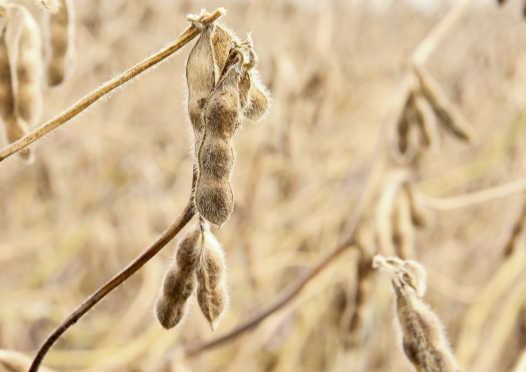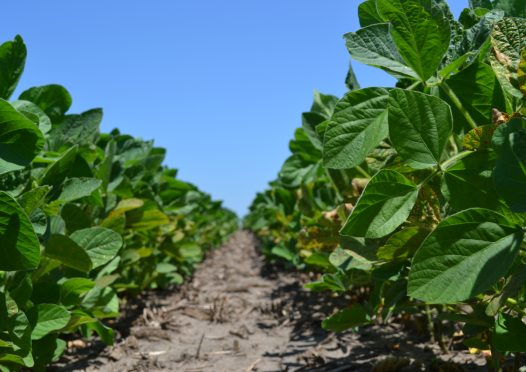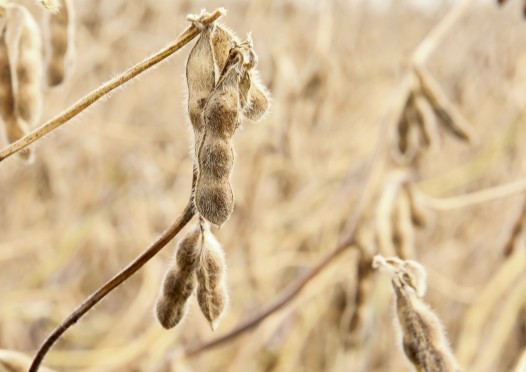ILSOYADVISOR POST
Agronomy: Are We In Yield Loss Territory?
No argument from most farmers—it has been wet the past month with frequent rains and brief planting windows. Corn got planted, but soybean planting is behind. No, it is not necessarily late, but yields could be compromised as planting is delayed, particularly as we move into the second half of May.
Fortunately, soybeans have the ability to compensate for stress and “things” that happen to the plant. But it is true that soybean yield depends on pods and seeds per acre, and the earlier you plant the more nodes and pods produced. In turn, that means more seeds per acre and higher yield.
So, when is the cutoff date when yield begins to drop? Everyone knows that corn and soybeans have an optimal window which seems to close by May 10 for maximum yield. For every day thereafter planting is delayed, yield declines. I have always used May 10 as a rule-of-thumb cut-off date for soybeans and May 5 for corn. Of course, weather can cause unplanned delays.
Emerson Nafziger from the University of Illinois wrote an article two years ago that seems very relevant for 2016. He stated at that time “Soybean planting is off to a mediocre start in Illinois, with 26% of the crop planted by May 11, and limited progress with the rain of this past week. Planting will resume in some places this week, but other areas remain wet and it will take some time for soils to dry out. In comparison with recent history this is not yet a serious delay, but as time passes the delay will become a bigger concern.”
Nafziger felt that planting before May 15 is probably optimal. He combined planting date data from across 15 site-years and wrote back then “Based on these numbers, a delay to May 20 means yields on average (are) about 10% less than maximum (planting in April). From May 20 to the end of May, the drop is about 0.5 % per day of delay. From June 1 to 10, it is about 0.6 % per day. The cumulative loss by June 10 is about 20%.”

So if you are still planting soybeans, there is a still an opportunity to achieve good yields. Basic agronomy still applies which means planting into good soil conditions and a weed-free field, and managing weeds, disease and insects. You don’t have to change variety, row spacing or population at this point. Just manage your crop well.
Soybeans planted in June need different management, especially in central and northern Illinois where frost is a risk. In those areas you might want to cut maturity group back by half a unit. Another consideration is to narrow-up row spacing if you are planting in 30-inch rows. Row spacing should be less than 30 inches to hasten canopy closure, increase sunlight interception and biomass accumulation, and suppress weeds. And planting rates should increase 10% to 15% due in part to the smaller plants that result from later planting.
Agronomist Dr. Daniel Davidson posts blogs on agronomy-related topics. Feel free to contact him at djdavidson@agwrite.com.





Comments
Add new comment